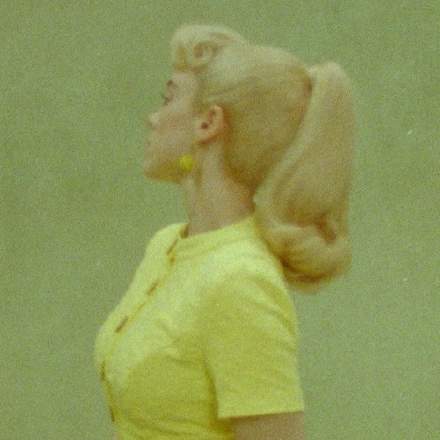
One of the things I think Billie Eilish gets too little credit for is the degree of structural creativity she brings to the pop world. For example, few of her songs seem to fit within a traditional Vs-Pre-Ch-Vs-Pre-Ch-Mid-(Vs-Pre)-Ch chart-pop mould: Bad Guy’s ‘chorus’ is a synth riff, it only happens twice, and the song ends with a slower-tempo section that’s only tangetially related to what’s gone before; 'Everything I Wanted' is something like Ch-Vs-Pre-Ch-Vs-Pre-Ch; and good luck trying to apply any kind of traditional section labels to 'Happier Than Ever' and its freewheeling two-part structure!
And in this sense, Eilish’s latest Oscar-winner is a chip off the old block. There are clearly two main sections here, in an A-A-B-A-B-A structure (broadly speaking), but both of them seem to me to be competing to be labelled as the ‘chorus’. The ‘A’ section feels a bit like a chorus in that happens more often than the ‘B’ section and also includes the title lyric, but it also has the lyrical development you’d more expect of a verse. The ‘B’ section, on the other hand, has the lyrical repetition, higher vocal register, and fuller arrangement you’d expect of a chorus, but only appears twice and doesn’t close out the song (despite the harmonic suggestion that it might). But, of course, the nomenclature really doesn’t matter at all – what matters to me is that the music works, despite leaving many common structural preconceptions in the dust. It’s almost like her songs are connecting more directly with music’s actual intangible deeper principles, rather than settling into the same stock structures that so many songwriters reflexively fall back on.
Another thing I find fascinating about this song is the way the harmony uses deviations from repeating its underlying C-Em-F chord-progression to delineate the different structural sections. Notice, for instance, how both the ‘A’ and ‘B’ sections are concluded using an Am-Em-F variation, but that the ‘B’ section is differentiated from the ‘A’ section by its D-Am opening. To be honest, I think this simple idea could do a lot to enliven the output of many second-rate songwriters who seem to spend most of their time flogging four-chord repeated patterns to death…
Also, this production is a really clear example of a bass-guitar line being underpinned with a sinewave subsynth, thereby subtly enhancing the instrument’s sense of low-end warmth and extension. And if you look at a high-resolution spectrum analyser, you can tell that the subbass is a programmed addition, because its frequency peaks aren’t doing any of the pitch slides that the guitar part’s doing – for example under “don’t know how to” at 1:20.










